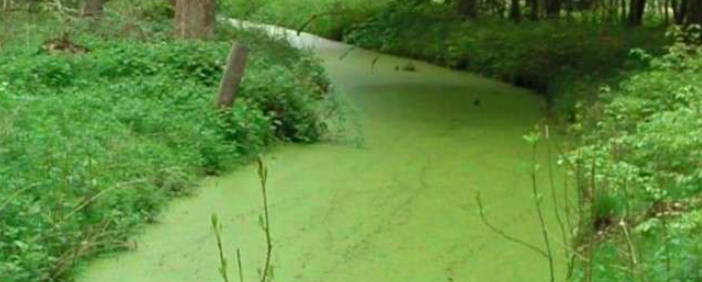
The application of agricultural crops nourishes the soil with massive doses of chemical fertilizers. The trio nitrogen, phosphate and potassium (NPK) is the basis of all these products. Soils and groundwater are exposed to these massive dosages that change their environment and make the water unsafe.
In agriculture , chemical fertilizers are administered to increase crop yield. They are responsible for massive soil pollution, but are especially the major cause of groundwater pollution, major reservoirs of drinking water. There are three main types of chemical fertilizers: nitrogen, phosphates and potash. They provide the nutrients that plants need to grow and that can be lacking in over-exploited soils.
Soil pollution is often caused by old industries that have released pollutants into their farmland or agricultural use of fertilizers and pesticides. We met Philippe Hubert, director of chronic risks of INERIS, so that he speaks to us during this interview of solutions to treat polluted soil. © Futura-Sciences
Today, 66% of nitrate water pollution is attributed to agricultural activity. The spreading of cultures provides massive doses of nitrogen fertilizers. Nitrates are very soluble in water, when they are not consumed by plants , easily infiltrate into the soil and gradually reach the groundwater. Before the 1950s, the nitrate content per liter of water did not exceed 1 mg. Nowadays, it easily exceeds 50 mg / l, the limit set by WHO to consider drinking water.
Nitrate pollution: blue blood for infants
Nitrates as such are not dangerous to health, but ingested by humans, they are degraded by a bacterium and turn into nitrites. Beyond a certain threshold, these nitrites can poison the blood by oxidizing hemoglobin . The fluid then poorly fixes oxygen and causes respiratory problems. This poisoning is called blue disease, or methemoglobinemia. Infants are particularly sensitive to it.
Associated with phosphates , the nitrates also contribute to the phenomena of eutrophication . Phosphates do not infiltrate soil but play a large role in watercourses. Normally limiting, this compound emitted in bulk by fertilizers in the environment imbalances the nutrient balance in the water and causes a proliferation of algae . These eventually mineralize, not being sufficiently consumed by the organisms present. The decomposition of organic matter promotes the proliferation of bacteria in the bottom, and the algae on the surface of the water inhibits hides the bottom of the lightsolar. It is then all the aquatic environment that is modified, the environment becoming anoxic , many species disappear, to the detriment of others.